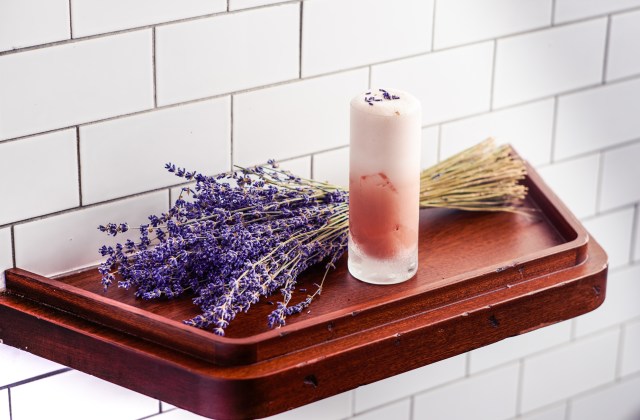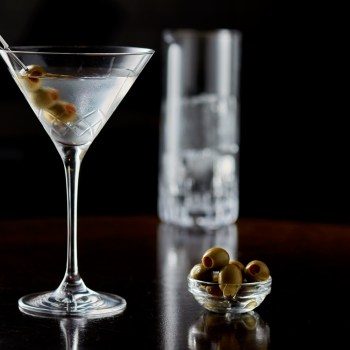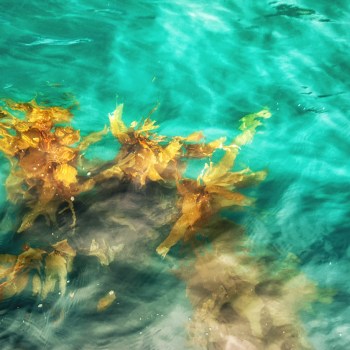In this feature from the recent Spring issue of BARS&clubs (republished in two parts for Gin Month), Charlie Whitting looked at the increasing variety in the gin category. Read part one here.
THE COCKTAIL SPIRIT
Unlike the other major spirits, gin is almost solely for mixing. The closest most people come to drinking neat gin is in a dry martini. There are more gin cocktails than any other. It is a versatile drink, able to dominate, complement or subtly influence the overall flavour of a cocktail.
In recent years, the ever-widening variety of botanicals in gin has made for greater experimentation in cocktails and G&Ts, backed up by a growing array of different tonics and garnishes. This has allowed bartenders to follow the innovative pathways of gin distillers.
“It is obviously easier to fall back on classics, but the current popularity of gin has pressed the innovation button across the industry,” says Philip Ridyard, founder of Strait Brands. “These are exciting times as future classics are devised and delivered.”
But it is important that your bar and your staff aren’t pigeon-holed by any specific gin and that they experiment to find its place within your menu. So, while you can look to explore the more outlandish offerings, it is important to make sure you are able to use these gins to the utmost. It would be a shame for a bottle to gather dust because you’re only comfortable making one cocktail with it.
“Gin is designed for mixing,” says Nagra. “When we talk about any cocktail it’s doesn’t matter what the recipe is, it has to be trending, it has to be replicable everywhere. Any gin has to make a martini, it has to make a sour, it has to make a G&T.”
Gin’s mixability can be measured by how it interacts with other ingredients. Your range of gins should therefore be complemented by your range of tonics and garnishes. Just as you would approach a single malt selection with taste profiles and regions in mind, so too think about your gin offering in terms of styles as well as botanicals and countries of origin.
“In the Golden Age people were drinking old tom, not London dry,” says Marcus Motteram, ‘the admiral’ at Hains & Co. “A lot of the old school cocktails call for old tom gin. When you’re mixing under heavy flavours you need powerful navy strength gins to come through. The lighter styles can make a stunning martini that’s light and floral. We break our gins into six or seven categories: basic gins – floral, tart, botanical – London dry gin, boozy like a navy strength, sweet like an old tom, barrel-aged, and a sweet style like sloe. People want to have a range of different experiences and it’s the same with gin.”
Cocktail recipes
Elephant Sloe Gin Fizz (pictured above)
Ingredients:
- 50ml Elephant sloe gin
- 15ml sugar syrup
- 20ml lemon juice
- 1 egg white
- Optional 2 dashes cardamom, 2 dashes lavender
Method: Dry shake all ingredients, including the egg white. Shake again over ice. Then single strain into highball glass and top up with soda white.
The Crimson Mainsail
Ingredients:
- 40ml sloe gin
- 20ml Makers Mark bourbon
- 30ml lemon
- 20ml egg whites
- 10ml sugar syrup
Method: Reverse dry shake. Strain into coupette. Dot with Angostura Bitters and run toothpick through for a ring of hearts.
(Recipe courtesy of Hains & Co)



